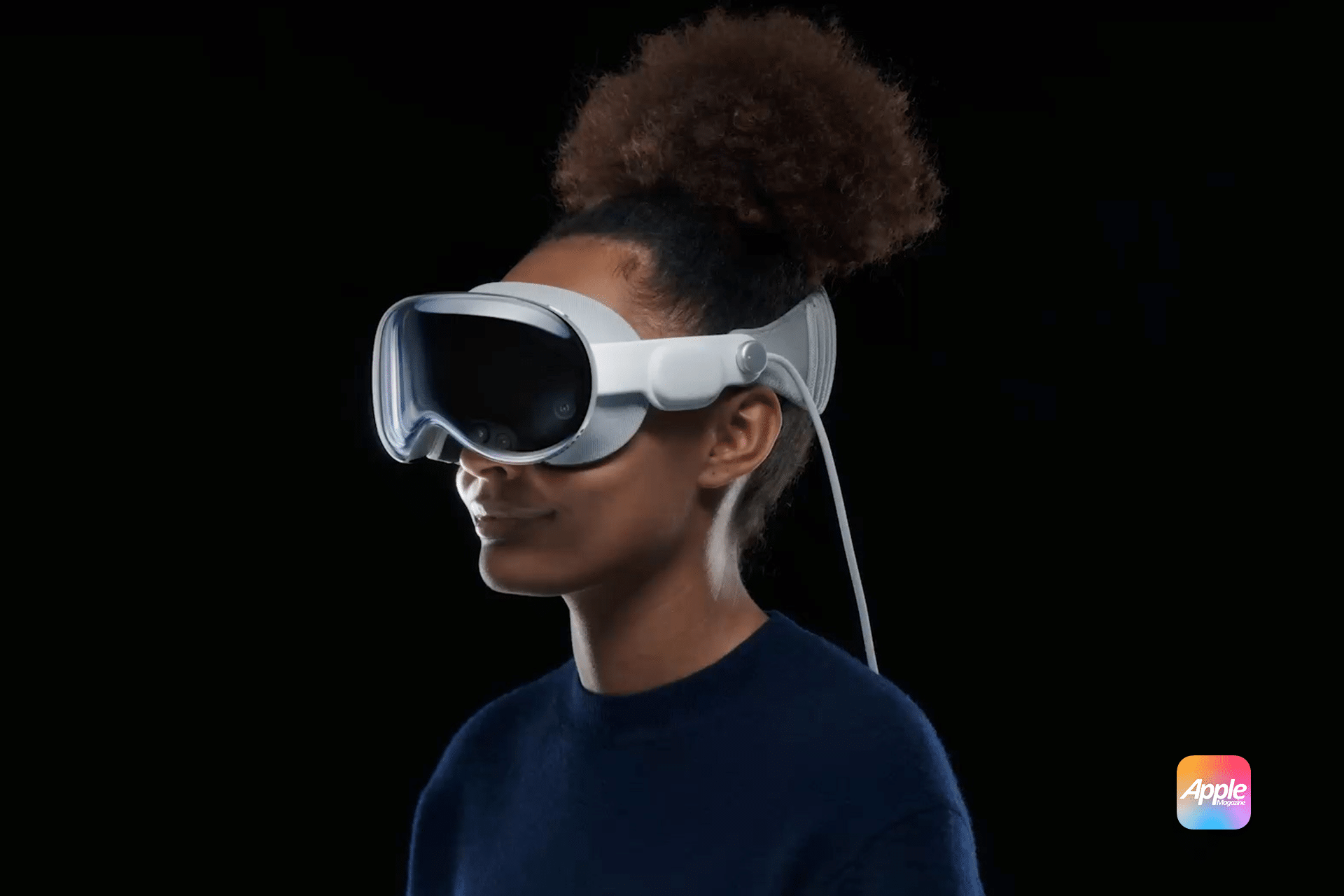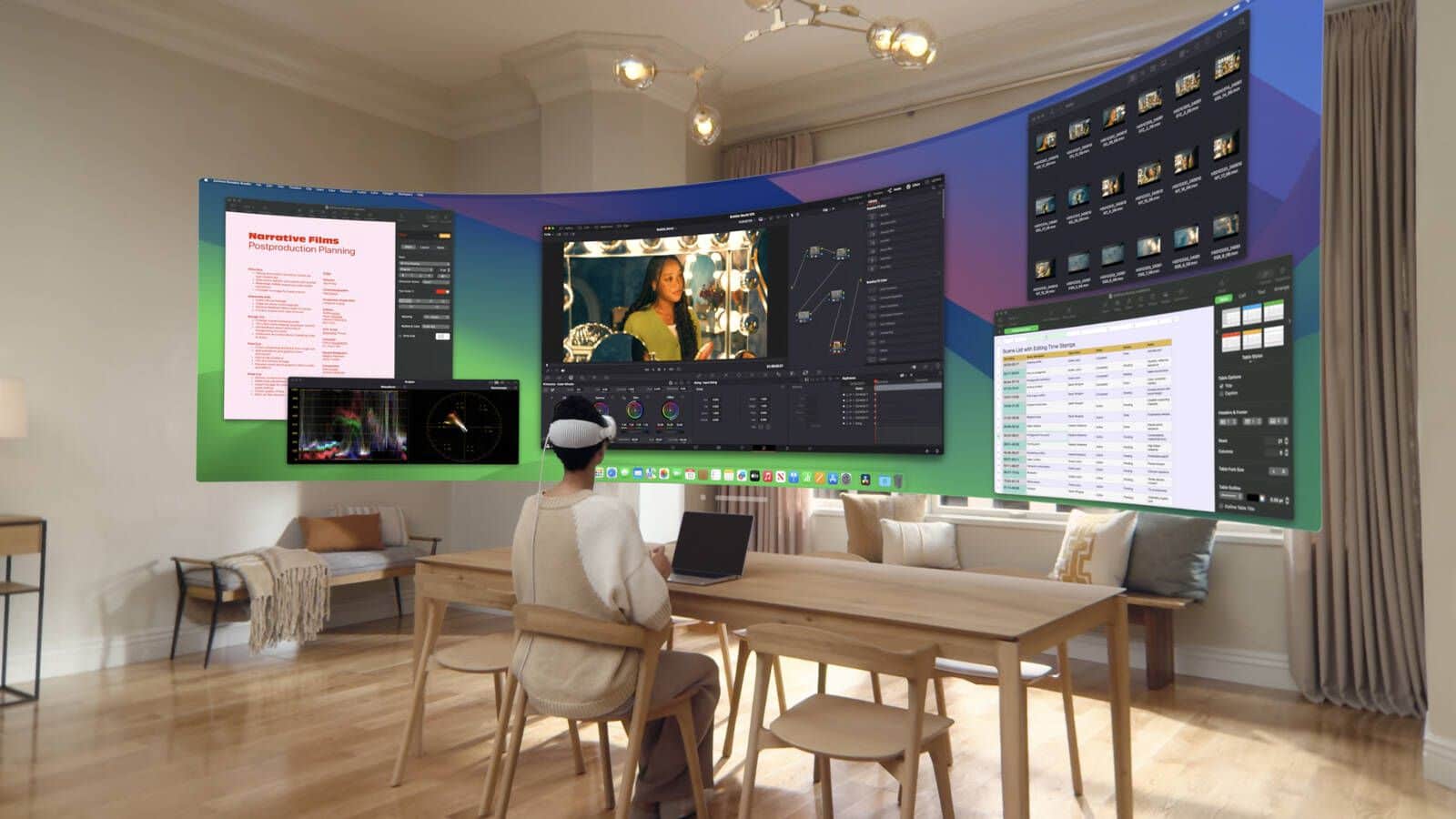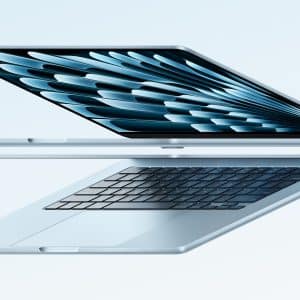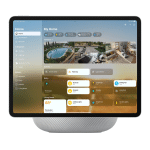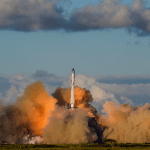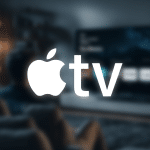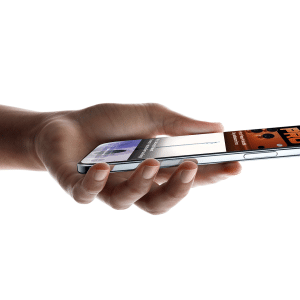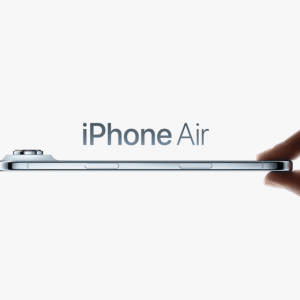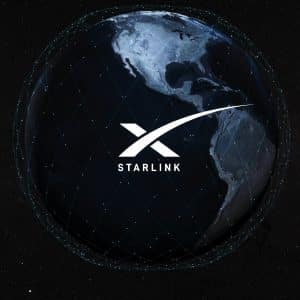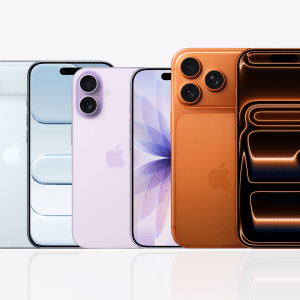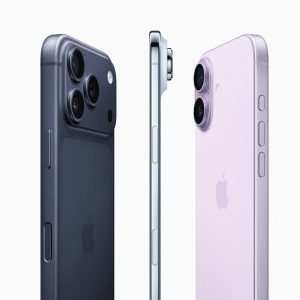The news hints at Apple’s determination to refine its spatial computing vision, even as the first-generation device—priced at a steep $3,499—struggled to find a broad audience. Suppliers are reportedly “rushing” to meet orders, a sign that Apple is gearing up for a significant release. While IT Home’s track record on Apple rumors isn’t flawless, the report aligns with broader industry expectations of an updated model.
A Shift in Strategy
The original Vision Pro, launched in early 2024, dazzled early adopters with its high-resolution displays and seamless integration with Apple’s ecosystem. However, its hefty price tag and limited content ecosystem curbed mainstream appeal. By October 2024, production of the first-generation headset had reportedly slowed, with Apple halting assembly by year’s end. The company appears to have stockpiled enough units to meet lingering demand through 2025, clearing the way for a successor.
Analysts like Ming-Chi Kuo and Bloomberg’s Mark Gurman have long predicted a second-generation Vision Pro, likely powered by the yet-to-be-announced M5 chip. This iterative update is expected to lean heavily on existing components, a practical move to utilize surplus inventory. Unlike a radical redesign, the Vision Pro 2 may focus on internal upgrades—think faster processing and possibly Apple Intelligence features—while retaining much of the original’s physical form.
What to Expect
Details remain scarce, but the timeline fits earlier projections. Gurman has suggested a launch window between fall 2025 and spring 2026, a range that dovetails with IT Home’s claims of production ramping up now. The M5 chip, an evolution of the M2 found in the current model, could deliver snappier performance for immersive apps and multitasking, key selling points for power users.
Beyond hardware, Apple may double down on software enhancements. The Vision Pro’s visionOS has evolved steadily, with updates like visionOS 2.3 bringing bug fixes and security patches. A more substantial upgrade—perhaps visionOS 3—could debut alongside the new headset, offering fresh features to entice buyers. Exclusive content, like the well-received “Submerged” short film, might also play a bigger role in showcasing the device’s potential.
Challenges and Opportunities
The Vision Pro 2 arrives at a crossroads for Apple’s mixed reality ambitions. The first model’s high cost and niche appeal—geared toward early adopters and developers—left it short of mass-market success. Reports suggest Apple has explored a cheaper alternative, potentially priced closer to a premium iPhone, but such a device remains years away. For now, the Vision Pro 2 seems poised to refine rather than revolutionize, targeting loyalists willing to invest in cutting-edge tech.
Competition looms large, too. Meta’s Quest series continues to dominate the VR space with lower price points and a robust gaming library, while newcomers like Samsung’s Project Moohan eye the mixed-reality market. Apple’s edge lies in its ecosystem and brand cachet, but it’ll need to balance innovation with accessibility to broaden the Vision Pro’s reach.
Looking Ahead
If production rumors hold true, the Vision Pro 2 could hit shelves by late 2025, offering a glimpse into Apple’s long-term vision for spatial computing. Whether it’s a stepping stone to a more affordable model or a premium upgrade for enthusiasts, this next iteration will test Apple’s ability to learn from the original’s mixed reception. For tech users, it’s a chance to see how Cupertino refines a product that’s equal parts groundbreaking and polarizing.
As Friday, April 11, 2025, approaches—the next publication date from today, April 8—Apple enthusiasts will be watching closely. Will the Vision Pro 2 cement mixed reality as a pillar of Apple’s future, or remain a high-end experiment? Only time, and confirmed details, will tell.

